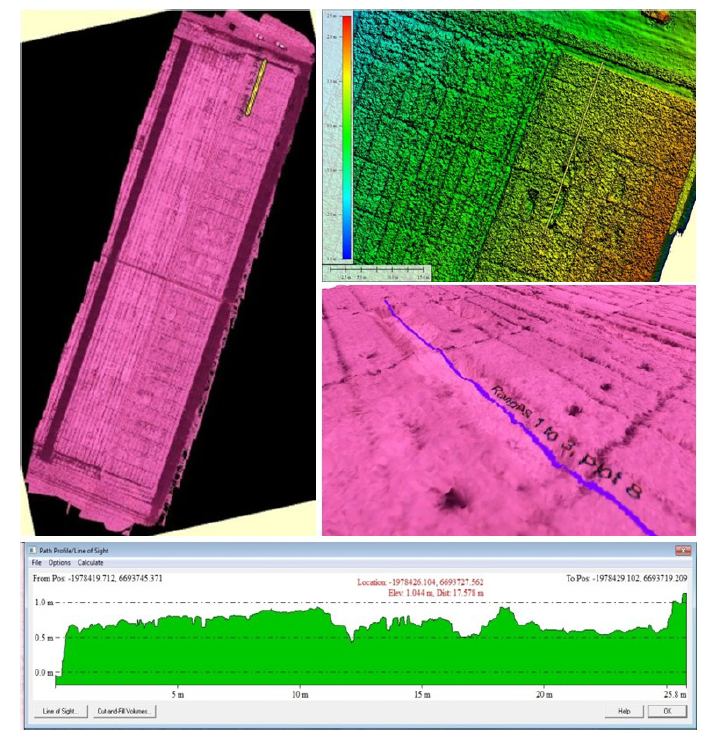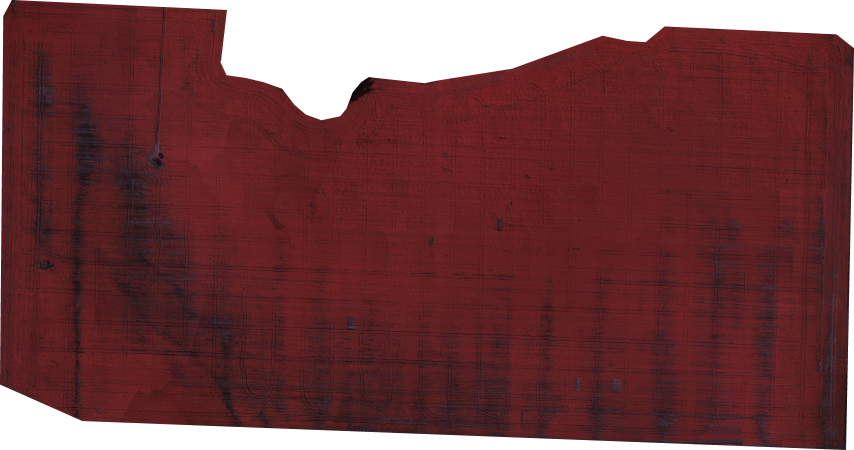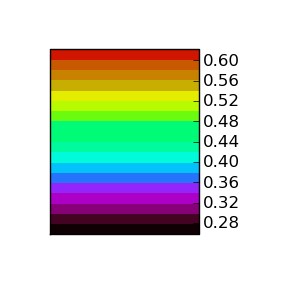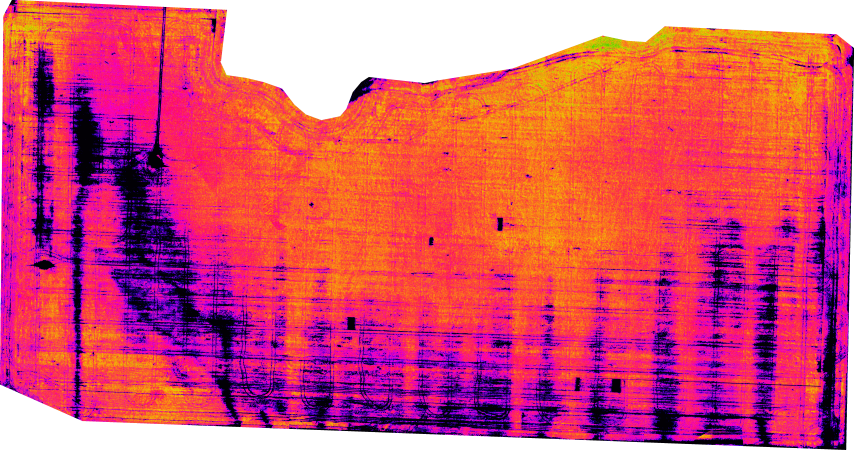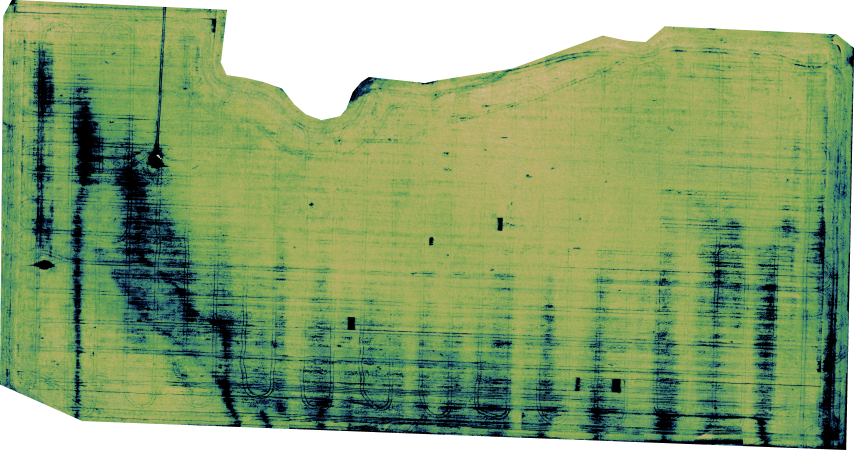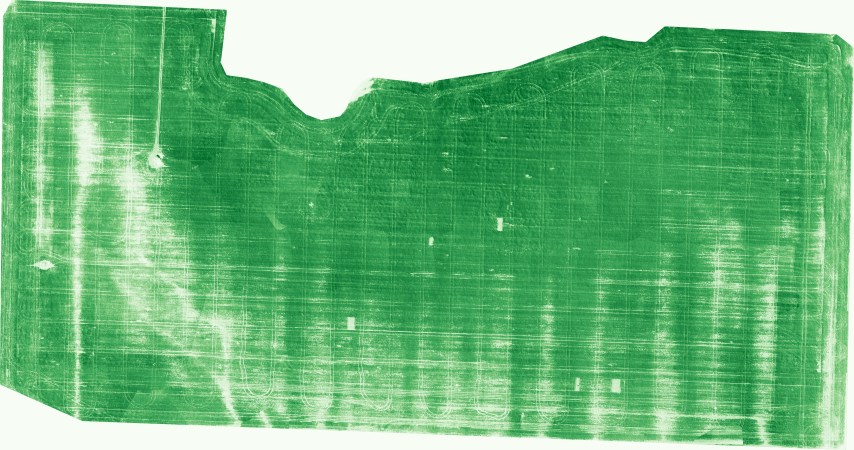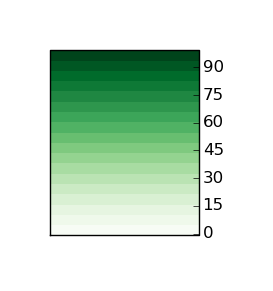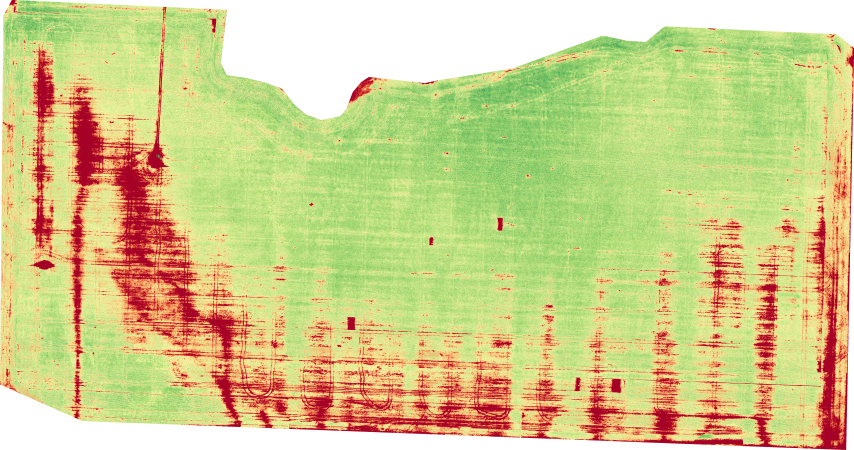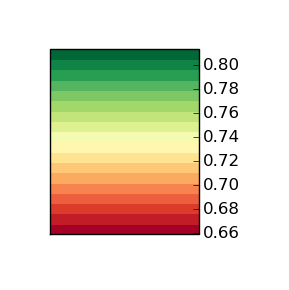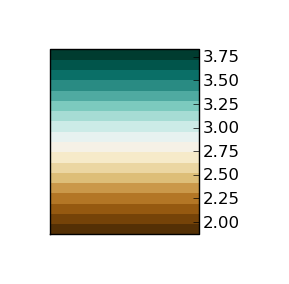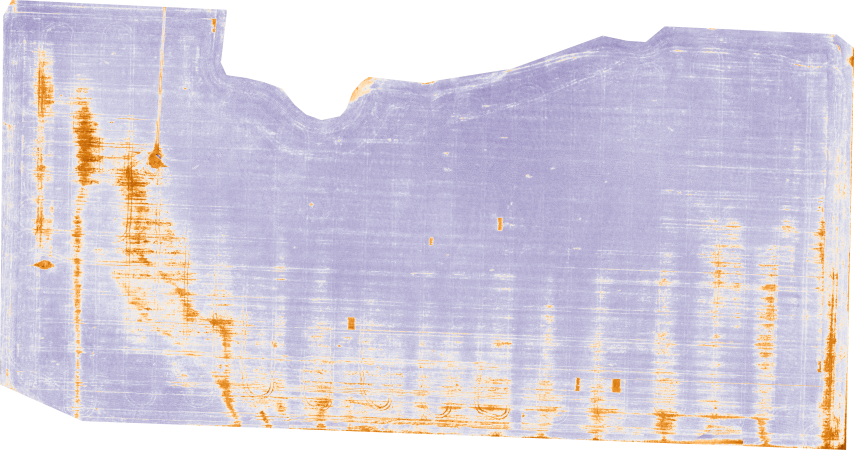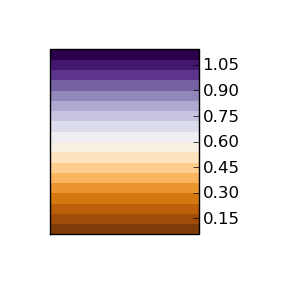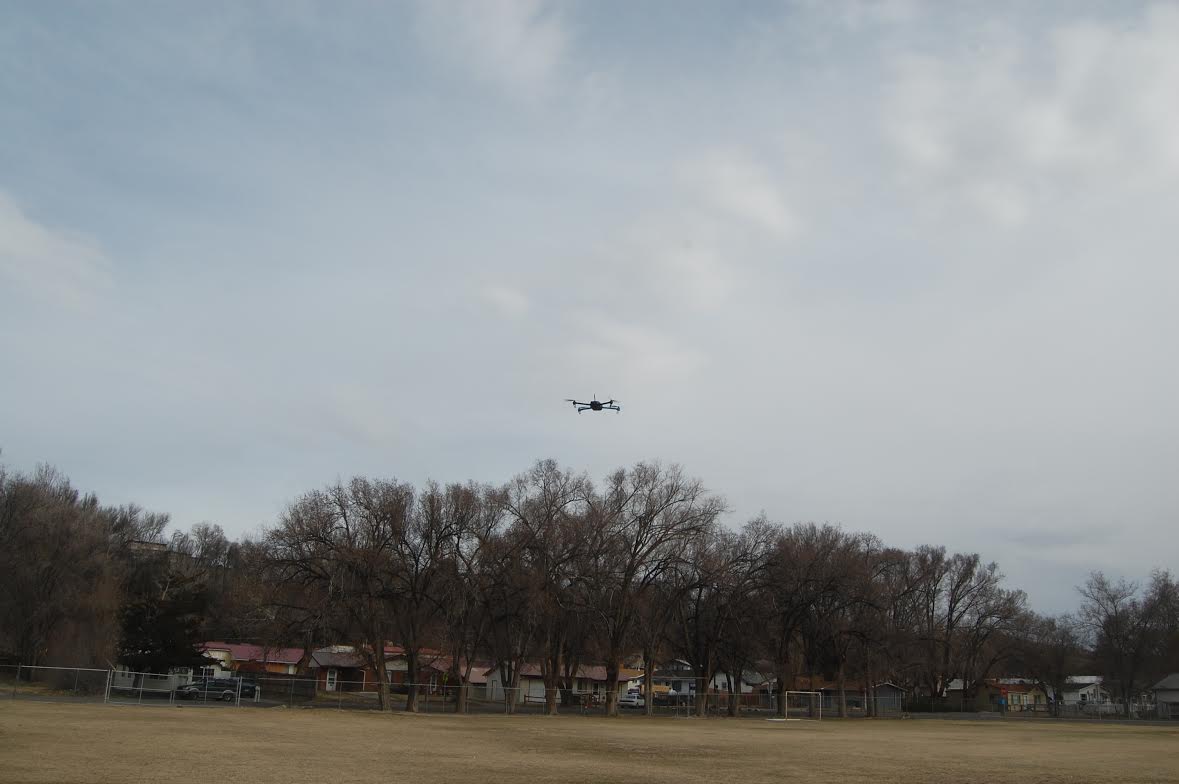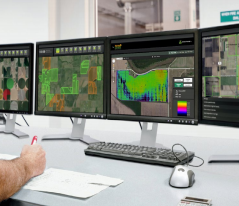
Abstract:
Plant breeding trials are extensive (100s to 1000s of plots) and are difficult and expensive to monitor by conventional means, especially where measurements are time-sensitive. For example, in a land-based measure of canopy temperature (hand-held infrared thermometer at two to 10 plots per minute), the atmospheric conditions may change greatly during the time of measurement. Such sensors measure small spot samples (2 to 50 cm2), whereas image-based methods allow the sampling of entire plots (2 to 30 m2). A higher aerial position allows the rapid measurement of large numbers of plots if the altitude is low (10 to 40 m) and the flight control is sufficiently precise to collect high-resolution images. This paper outlines the implementation of a customized robotic helicopter (gas-powered, 1.78-m rotor diameter) with autonomous flight control and software to plan flights over experiments that were 0.5 to 3 ha in area and, then, to extract, straighten and characterize multiple experimental field plots from images taken by three cameras. With a capacity to carry 1.5 kg for 30 min or 1.1 kg for 60 min, the system successfully completed >150 flights for a total duration of 40 h. Example applications presented here are estimations of the variation in: ground cover in sorghum (early season); canopy temperature in sugarcane (mid-season); and three-dimensional measures of crop lodging in wheat (late season). Together with this hardware platform, improved software to automate the production of ortho-mosaics and digital elevation models and to extract plot data would further benefit the development of high-throughput field-based phenotyping systems.

